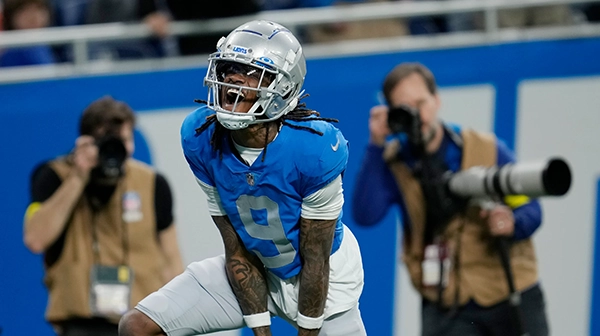One of the most important aspects of playing successful tournament poker is accounting for the tournament’s structure. Whether it is a turbo or deep-stack tournament, your preparation should begin even before the cards hit the felt by examining the number of starting chips, the number of players, the time of each level, and the structure of the blinds. As an example I will use the weekly tournament held at my local casino, the Texas Hold’Em Turbo Tournament. As the name suggests, this particular tournament is designed to be quick by utilizing a small starting stack of 1,400 chips per player, limiting the number of players to fifty, having twenty-minute rounds, and using the following blind structure:
| Round | Blinds |
| One | 10-15 |
| Two | 15-25 |
| Three | 25-50 |
| Four | 50-100 |
| Five | 100-200 |
| Six | 200-400 |
| Seven | 300-600 |
| Eight | 400-800 (100 ante) |
| Nine | 500-1000 (100 ante) |
| Ten | 600-1200 (200 ante) |
| Eleven | 800-1600 (300 ante) |
| Twelve | 1000-2000 (400 ante) |
| Thirteen | 1200-2400 (500 ante) |
| Fourteen | 1500-3000 (600 ante) |
| Fifteen | 2000-4000 (700 ante) |
By examining the details of the tournament, I can learn a great deal about
how things will unfold even before the tournament begins. For instance,
by multiplying the number of players (50) by the number of starting chips
per player (1400) I arrive at the total number of chips in play (70000).
I can use this information as the tournament unfolds to calculate my chip
position. I can also calculate approximately how many hands I will see each
round by dividing the level (20:00) by the average amount of time a hand
of poker lasts in a brick-and-mortar casino (1:30), which means I will look
down at approximately thirteen hands each level.
FIND POKER GAMES PLAYING ONLINE 24/7 AT
BOVADA POKER
After the first five levels,
or after an hour and twenty minutes, my chip stack will be less than 10x
the big blind (assuming I haven’t lost a single chip). In other words, I
will have about five levels, or sixty-five hands, before I will be in all-in
mode. Keeping in mind that there are fifty other players who will likely
be in a similar situation, it is easy to deduce that the turbo tournament
will become a crap shoot based more on luck than on skill. Because it will
be a crap shoot, and because I will see a limited number of hands and won’t
be able to sit and wait for premium hands, I am able to reassess hand values
and develop a strategy on what kind of hands I will be willing to play.
Furthermore, I can see that the high blinds (400-800), and the addition
of antes (100 per player or an extra 1000 in each ten-handed pot), starting
in round eight makes this the time to shift gears and collect chips, provided
I make it that far. These are just a few examples of information I can gather
by simply looking over the tournament structures, which is a process even
the top pros go through, as evidenced by British poker pro Dave “El Blondie”
Colclough, who developed the following game-plan for a televised den game:
“Now, the problem with the game tonight is it has a very fast structure so I know if I just sit there and play tight it could turn into a crap shoot with just a few key hands after an hour or so. So my strategy to avoid that is to loosen the game up early. So I’m going to try to play one or two aggressive hands in the first ten minutes or so just to try and loosen the whole table up. Hopefully I’ll win those few hands but if I don’t at least I’ll get the rest of them playing a bit looser. If the play is a bit looser then hopefully we’ll lose one or two players early and that means it won’t turn into a crap shoot because there’s more chips between less players as the blinds go up.”
Of course there are other strategies that can be utilized after examining a fast-structured tournament, but the most important lesson to learn is to recognize a tournament’s structure and adapt accordingly. By allowing yourself adequate preparation time pre-tournament, you will be able to develop a strategy and game-plan which will likely become valuable on your way to the final table.








